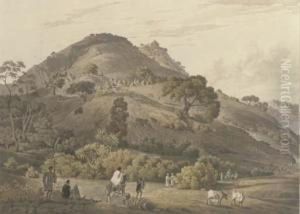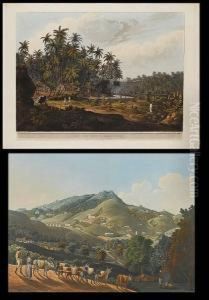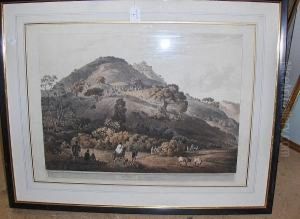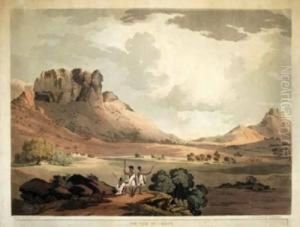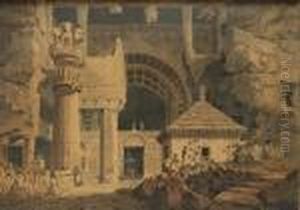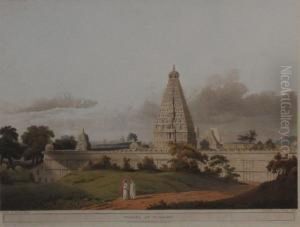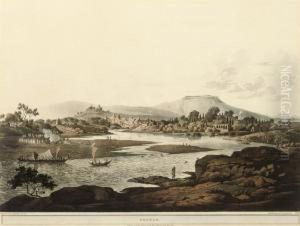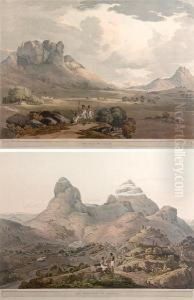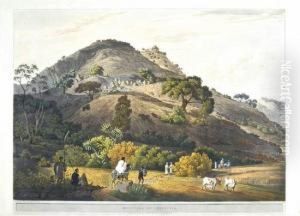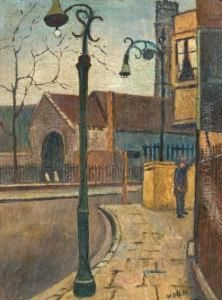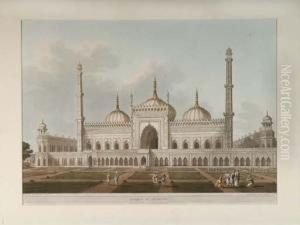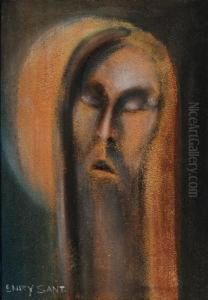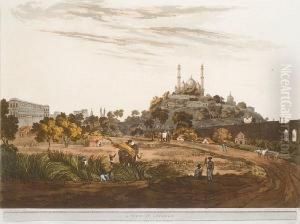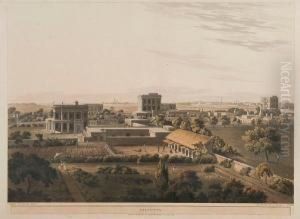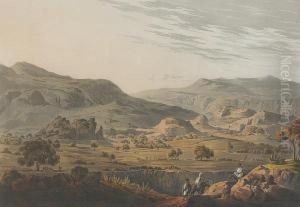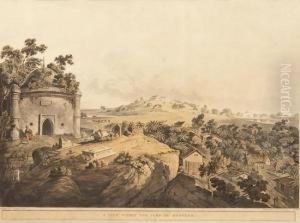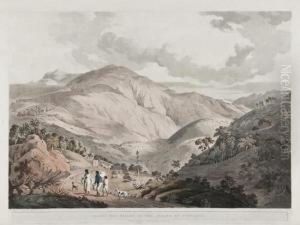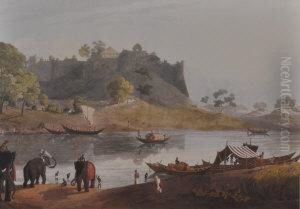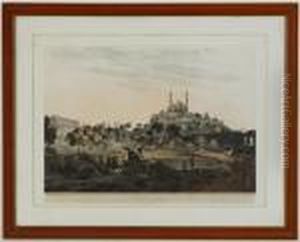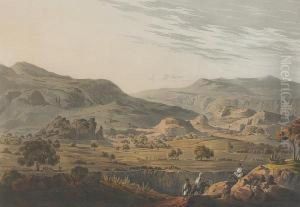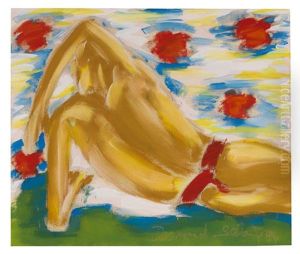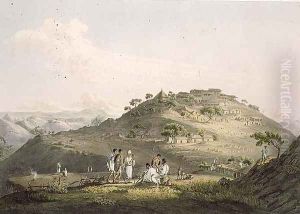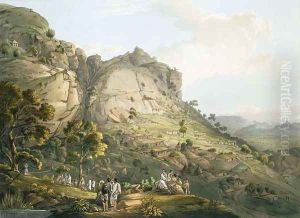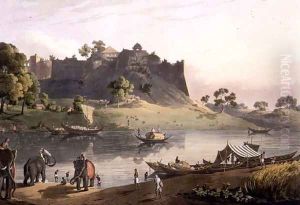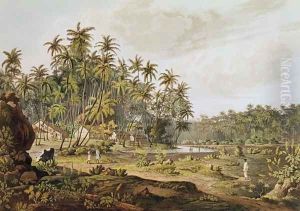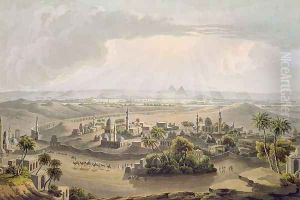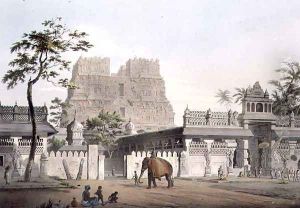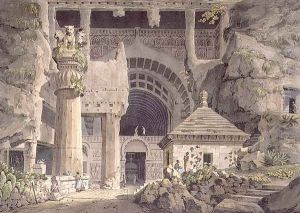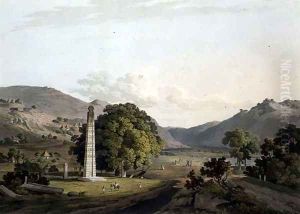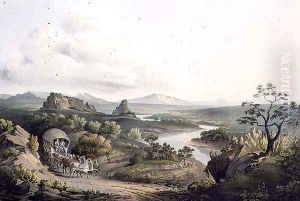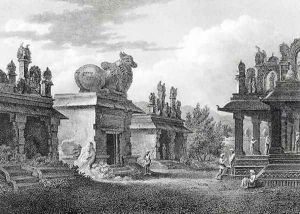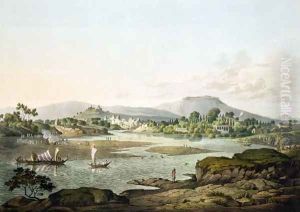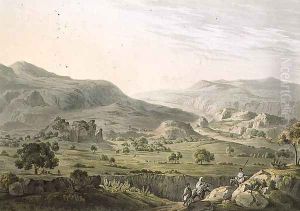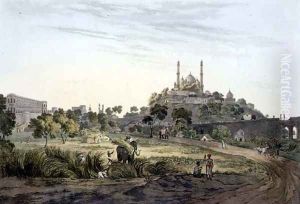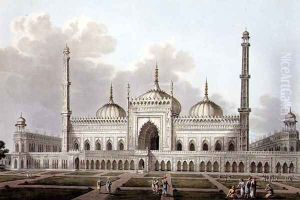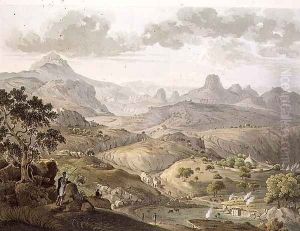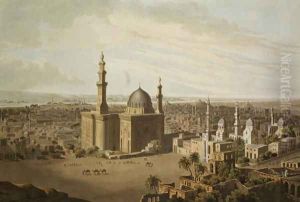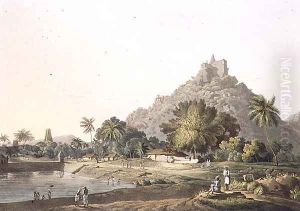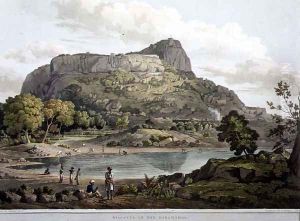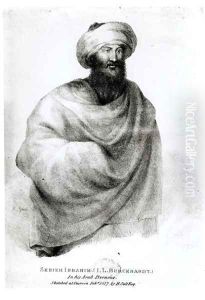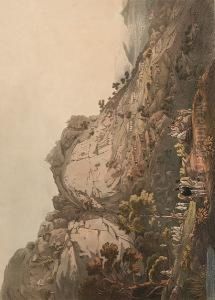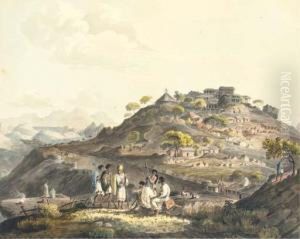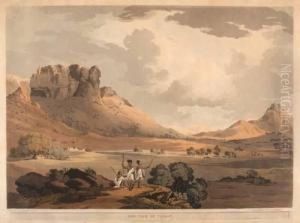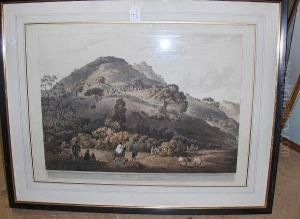Henry Salt Paintings
Henry Salt was an English artist, diplomat, and Egyptologist, known primarily for his role in the early 19th-century exploration of Ancient Egypt. Born on June 14, 1780, in Lichfield, Staffordshire, England, Salt developed a strong interest in art from a young age. He studied portrait painting under the prominent artist John Hoppner in London.
In 1802, he travelled to India, where he caught the attention of the British Governor-General, who later commissioned him to create illustrations and portraits. This experience helped to further his interest in exotic cultures. Following his time in India, Salt was appointed as the British Consul-General to Egypt in 1815, a position that allowed him to indulge his passion for exploration and discovery, particularly in the realm of Egyptology.
Salt sponsored a number of expeditions into the Egyptian interior, where significant archaeological discoveries were made, including the temples of Abu Simbel. He also amassed a large collection of Egyptian antiquities, some of which he sold to the British Museum and other institutions. Salt was known for his collaboration with the Italian explorer Giovanni Battista Belzoni, who undertook excavations on Salt's behalf.
Apart from his contributions to Egyptology, Salt was also an accomplished artist. He produced a number of sketches and paintings depicting Egyptian landscapes and monuments, which were published in his work 'Twenty-four Views Taken in St. Helena, the Cape, India, Ceylon, the Red Sea, Abyssinia and Egypt' (1809). These works were influential in shaping Western perceptions of the East and were among the first to present to a European audience the visual splendor of these exotic locations.
Henry Salt's health deteriorated due to the harsh climate and conditions in Egypt, and he died in Cairo on October 30, 1827. His legacy lives on through his contributions to the understanding and appreciation of Ancient Egyptian history and culture. His collection of antiquities, as well as his detailed observations and records, have been valuable sources of information for scholars and enthusiasts of Egyptology.
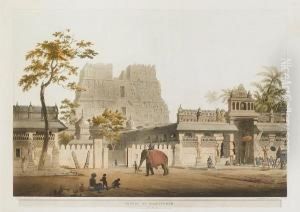
![[views Of Abyssinia]: Seven Plates](https://www.niceartgallery.com/imgs/1585068/s/henry-salt-views-of-abyssinia-seven-plates-91a81d9a.jpg)
